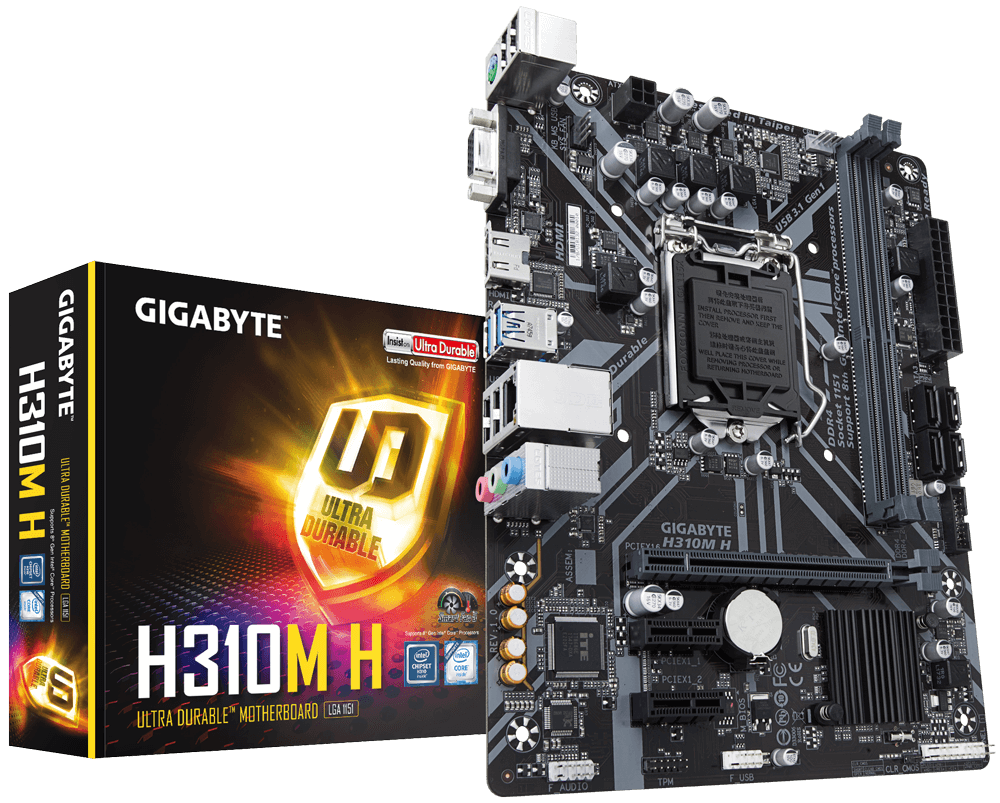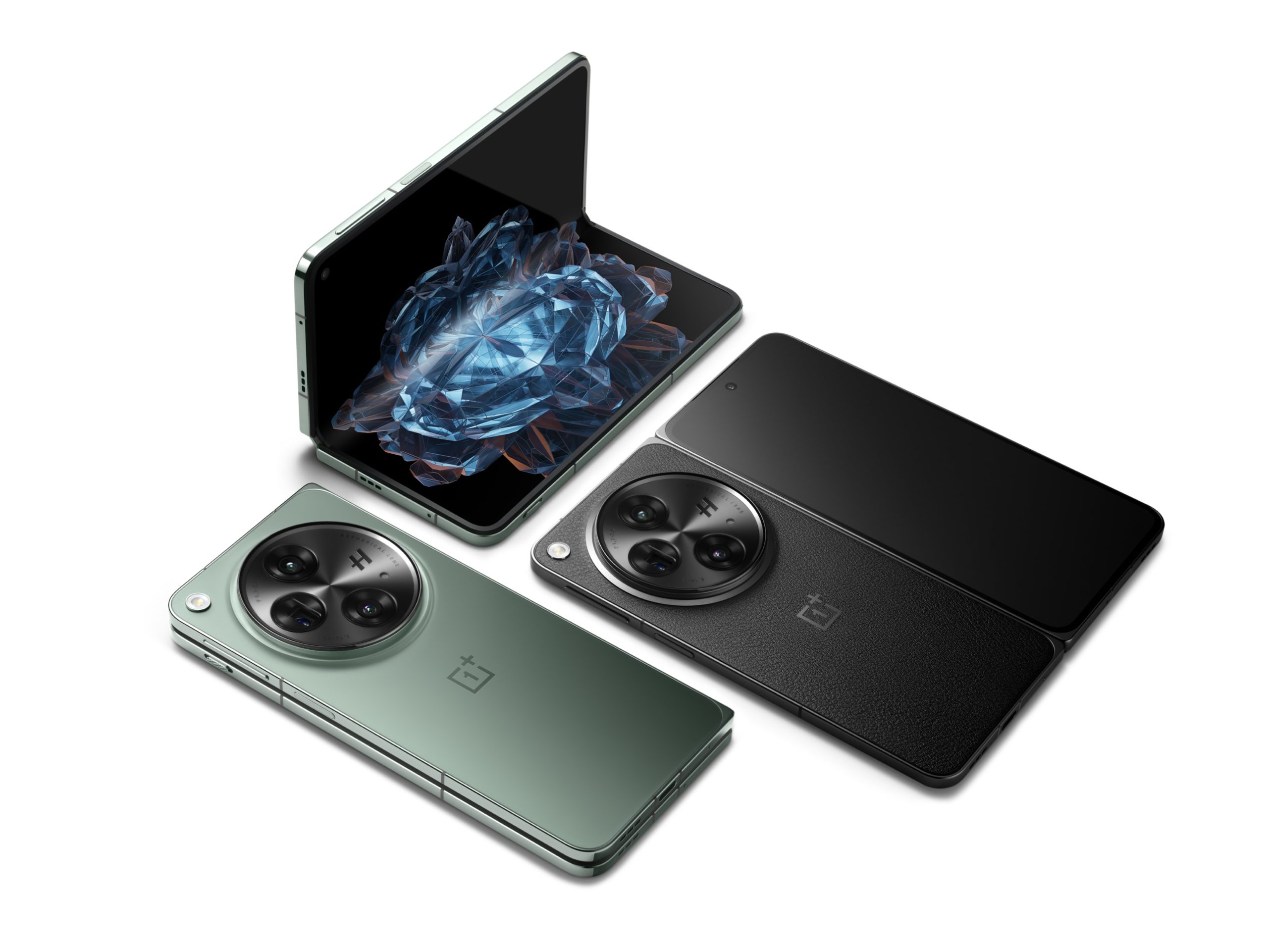When it comes to installing a new operating system or trying out a different Linux distribution, booting from a USB drive is a common approach. However, some users may encounter difficulties in booting from USB on Gigabyte motherboards. In this guide, we will explore multiple methods to perform a USB boot on Gigabyte boards and provide troubleshooting steps to overcome any potential problems. By following these instructions, you’ll be able to successfully boot from a USB drive on your Gigabyte motherboard.
Method 1: Select USB from Boot Device Menu
To access the Boot Device menu and choose the USB drive as the boot device, follow these steps:
Connect the USB drive to your PC and power it on.
Repeatedly press the F12 key during startup to access the Boot Device menu.
From the list of devices, select your USB drive and press Enter to initiate the boot process.
Method 2: Change Boot Option Priorities
Configuring the Boot Option Priorities in the BIOS ensures that your PC attempts to boot from the USB drive as the highest priority device. To do this, follow these steps:
Power on your PC and press the Del key repeatedly to enter the BIOS Setup utility.
In the Easy Mode interface, navigate to the Boot Sequence section.
Select the USB drive and press Shift + Up Arrow to move it to the top of the boot order. Press Esc once you’re done. Alternatively, you can press F2 to switch to Advanced/Classic mode.
In the BIOS tab, highlight Boot Option #1 and press Enter to select your USB drive.
Press F10 to save the changes and exit the BIOS. Your PC will now boot from the USB drive.
Method 3: Use Boot Override
In situations where the USB drive is not listed in the Boot Device menu, you can utilize the Boot Override feature to boot directly from the USB drive without changing the boot order. Follow these steps:
Restart your PC and press Del to enter the BIOS Setup.
Look for the Boot Override section within the BIOS or Save & Exit tabs.
Select the USB drive from the available options and press Enter.
Confirm the selection to initiate the boot process from the USB drive.
Method 4: Boot USB from WinRE
For modern systems running in UEFI or CSM mode, you can boot to the Windows Recovery Environment(WinRE) and choose the USB drive as the boot device. Here’s how:
Hold the Shift key while restarting your PC, or force-restart the PC three times in a row.
In the WinRE menu, select the “Use a device” option.
Choose the USB drive from the list of available devices to boot from it.
Troubleshooting Booting Issues
If you encounter problems booting from a USB drive on your Gigabyte motherboard, try the following troubleshooting steps:
- Check for hardware issues: Ensure that the USB port and the USB drive are functioning properly. Test the USB drive on a different system to verify it’s functionality.
- Software-related solutions: Attempt all four methods mentioned above to boot from the USB drive.
- Adjust BIOS settings: Disable Fast Boot as it may bypass the detection of removable devices. Additionally, navigate to Peripherals > USB Configuration in the BIOS and ensure that the USB Mass Storage Driver Support option is enabled.
- Matching system configurations: When creating a bootable USB drive, select the target system(UEFI/CSM/Legacy) and partition scheme(GPT/MBR) that match your actual system configuration.
- Recreate the USB drive: If the configurations don’t match, consider recreating the USB drive with the correct settings using a different tool or system. Windows install drives created on macOS may cause compatibility issues.
- Disable Secure Boot: On secure-boot-enabled systems, temporarily disable Secure Boot in the BIOS and check if the USB drive functions as expected.
- Update the BIOS: Updating the BIOS can potentially resolve hardware compatibility issues. Check if a BIOS update is available for your Gigabyte motherboard and perform the update if necessary.
Conclusion
By following the methods and troubleshooting steps outlined in this guide, you should now be able to successfully boot from a USB drive on your Gigabyte motherboard. Remember to select the appropriate boot method depending on your specific scenario and make any necessary adjustments to the BIOS settings. If you encounter any further difficulties, don’t hesitate to seek additional support from Gigabyte’s official documentation or their customer support channels. Happy booting!
Experiencing difficulties with your Device, check out our “How To” page on how to resolve some of these issues.







